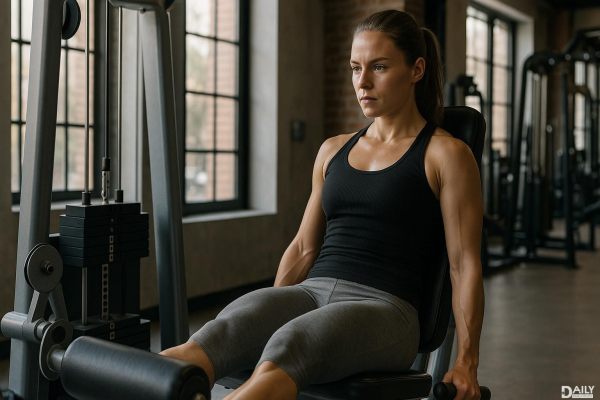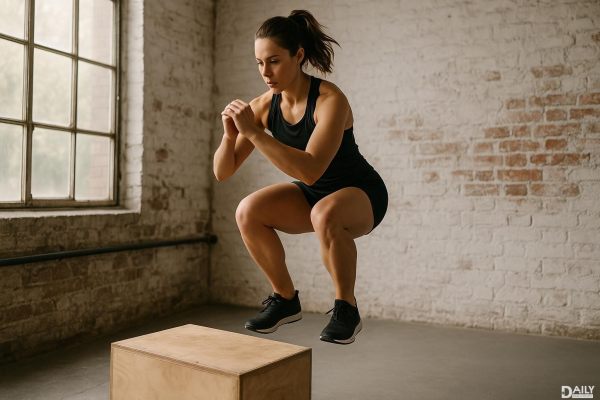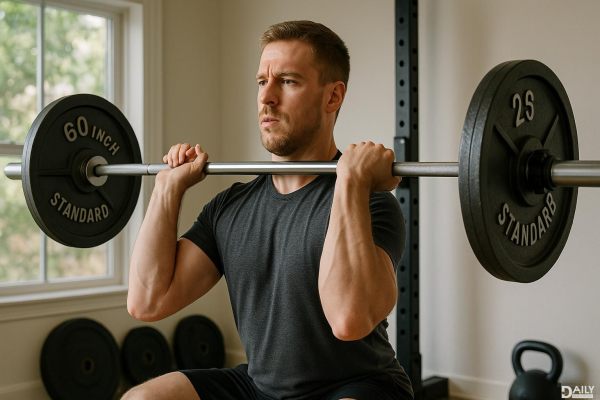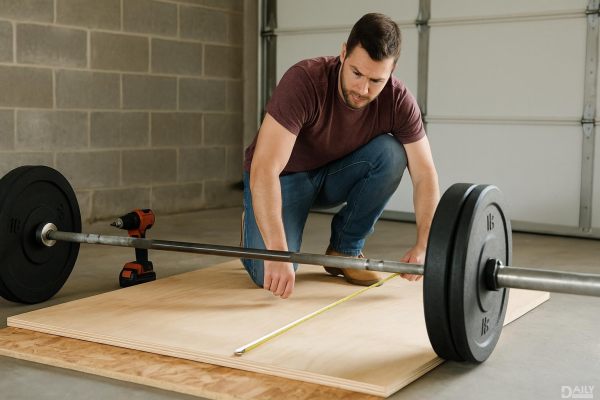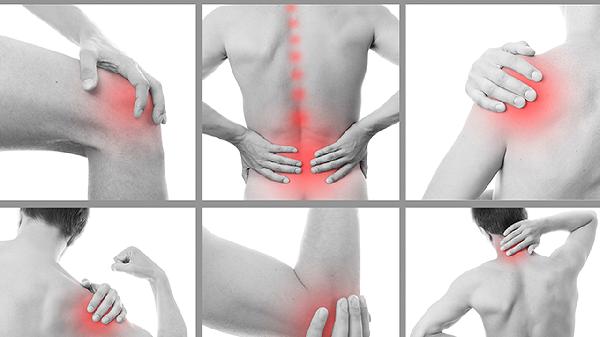Many people actually know that their true physical condition is sub-healthy, but they can never seem to find the right place to exercise. The gym is undoubtedly our go-to choice for working out. At the gym, many men prefer to train their abs, as it is not only a strong indicator of fitness but also one of the key areas that enhance attractiveness. So, how can you deepen the line between your abs?
1. Start with Dumbbell Bench Press
When we typically train our chest muscles, we often start with the barbell bench press because it offers greater stability compared to other exercises. This allows for quicker recruitment of muscle fibers.
However, one drawback of the barbell bench press is that it has a relatively short range of motion for the chest muscles. When comparing dumbbell bench press to barbell bench press, you'll notice that the barbell bench press doesn’t provide as strong a pulling sensation on the center of the chest.
To stimulate the middle of the chest, the first thing we need to do is fully stretch the chest muscles, which will in turn stimulate the centerline of the chest.
For example, if you pull on a rubber band, to feel like you can’t hold it any longer, you need to stretch it out. The centerline of the chest is the muscle’s origin and insertion point, similar to your fingers on the rubber band.
The dumbbell bench press allows the chest muscles to be fully stretched, causing the centerline of the chest to tear and subsequently promoting muscle growth in this area.
This technique can actually be applied to the training of many muscles, such as the definition of the abs. Hanging exercises are more effective than supine exercises because the hanging position allows the body to extend.
2. Incorporate More Chest Fly Movements
In terms of muscle stretching, chest fly movements are generally better than pushing movements, as they allow for more effective stretching of the chest muscles.
For instance, the dumbbell fly movement makes it easier to feel the tearing sensation in the center of the chest compared to the bench press, making it more suitable for defining this area.
Additionally, since chest fly movements don’t require squeezing the shoulder blades together, they also provide better stimulation to the center of the chest during the concentric contraction phase.
For example, people with thinner chest muscles will find that the squeezing sensation in the chest is significantly better with the cable fly movement than with the bench press, as there’s no need to squeeze the shoulder blades.
Therefore, since training the center of the chest falls under sculpting exercises, it’s appropriate to incorporate more chest fly movements, such as the pec deck, dumbbell fly, and cable fly. When sculpting the center of the chest, these movements should be done in multiple sets.
3. Pause Briefly at the Bottom of the Movement
Muscle building training is essentially about damaging muscle fibers. The more the muscle fibers are torn, the thicker they become, leading to better muscle growth. However, excessive tearing can lead to strains, so it’s important to control it.
The tearing of muscle fibers primarily occurs during the eccentric phase, meaning when the muscle is stretched and under tension.
Therefore, if we can pause briefly at the bottom of the movement, it will have a great damaging effect on the center of the chest, thereby influencing the depth of the chest’s centerline.
However, many people make the mistake of having the weight supported by their joints rather than their muscles at the bottom of the movement, which doesn’t result in the desired tearing of the chest’s centerline.
For example, when performing a dumbbell bench press, how low should you go? When the upper part of your arm lightly touches the bench, that’s considered the bottom of the movement. So, the pause at the bottom doesn’t need to be too deep.
4. Use High-Rep Training
Many fitness enthusiasts have debunked the myth that high-rep training is just a lie for sculpting muscles. However, I still believe that high-rep training is very effective for sculpting the center of the chest.
The reason is that heavy training has a smaller range of motion, resulting in significant muscle damage but less-than-ideal stretching effects. This doesn’t provide good separation for muscle connections.
High-rep training, on the other hand, offers a greater range of motion, stronger muscle pump, and higher frequency of muscle fiber sliding.
Applying this to the training of the chest’s centerline allows for repeated stimulation without causing strains, resulting in a more defined chest centerline.
However, high-rep training generally requires a larger range of motion; otherwise, it will only lead to a chest pump without effectively stretching the chest muscles.
These are the four techniques for the chest’s centerline. The reason I advise against starting with these techniques too early is that, compared to the shape of the chest, the overall size of the chest has a greater impact on the chest’s appearance.
But if you’re not concerned about the size of your chest or the efficiency of your chest training, you can use these techniques from the start, and your chest shape will always look good.
